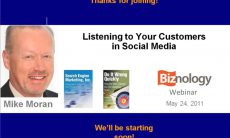There’s a new word popping up in my conversations about the future of work: “returnship.” It seems to stand-in for a lot of questions: Who’s coming back to a physical office and when? (For office workers, I’ve heard September, October, January, and never.) How much togetherness is necessary for creativity and innovation? (I’ve heard three days a week, and also three days a month.) In a hybrid model, how do you make sure flexibility doesn’t hurt women and BIPOC when it comes time for raises and promotions? (Performance reviews are “petri dishes for bias,” according to this Harvard Business Review article — but tweaks to what you measure can help.)
And most crucially, in the rush to get back to some kind of normal, how do you stay focused on creating cultures of true belonging?
All these swirling questions, and the varied and individual answers that are emerging, represent a seismic shift. “I see you working” is no longer an acceptable way to measure someone’s value. Instead, the most forward-looking companies are saying, “I see you as a whole, complex person who has much to contribute; our job is to help you do it.” A nice example of this new orientation: Twitter and its company-wide mental health days, called #DaysofRest.
It’s frankly thrilling to be at the nexus of so many of these conversations and to watch women leaders not just open up about their own vulnerability, but embrace it as a way of making space for others. As Bo Young Lee, Chief Diversity Officer at Uber, said at our Changemakers conference in March, “I’ve been transparent with my own struggles. We have this idea that if we show what we’re struggling with, it’s a weakness.”
Showing who we are is powerful. There is no one-size-fits-all quick fix that will make our work lives sustainable. That makes telling our individual stories, in all their complexity, an essential act.






